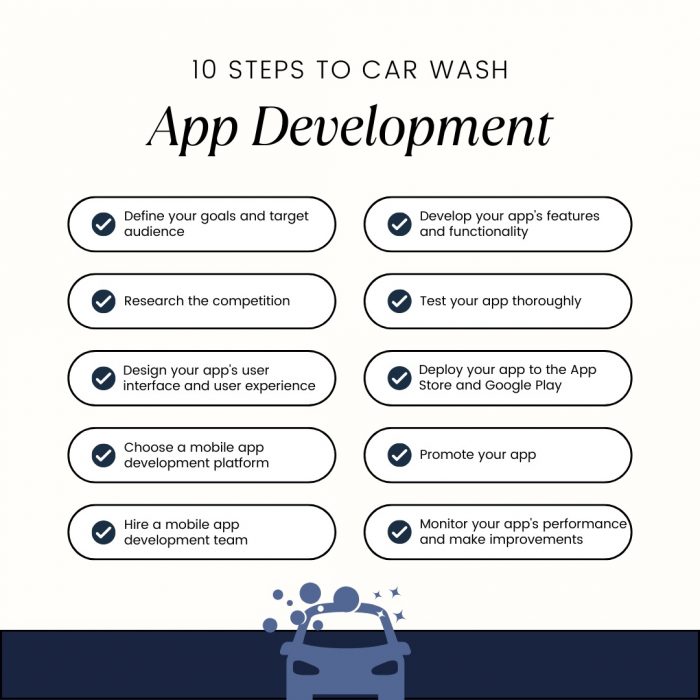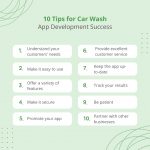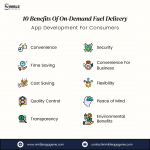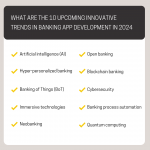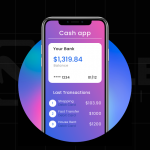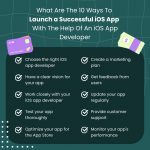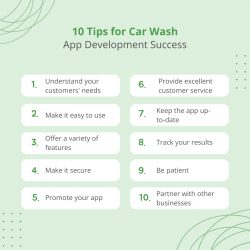10 Steps to Car Wash App Development
Here are 10 steps to car wash app development:-
1. Define your goals and target audience:- What do you want your car wash app to achieve? Are you targeting individual car owners or businesses with fleets of vehicles? Once you know your goals and target audience, you can start to develop a plan for your app’s features and functionality.
2. Research the competition:- What other car wash apps are available? What features do they offer? What do users like and dislike about them? By understanding the competition, you can identify opportunities to differentiate your app and make it more appealing to users.
3. Design your app’s user interface and user experience (UI/UX):- Your app’s UI/UX should be intuitive and easy to use. Users should be able to quickly and easily find the features they need and book car wash appointments. You can use wireframing and prototyping tools to design and test your app’s UI/UX before you start development.
4. Choose a mobile app development platform:- Will you develop your app for iOS, Android, or both? It’s important to choose a platform that is supported by your target audience and that has the features you need to implement your desired functionality.
5. Hire a mobile app development team:- If you don’t have the in-house expertise to develop your app, you’ll need to hire a mobile app development team. Be sure to interview multiple teams and choose one with experience developing car wash apps and other on-demand service apps.
6. Develop your app’s features and functionality:- This is where your mobile app development team will bring your app to life. They will implement the features and functionality that you defined in step 1.
7. Test your app thoroughly:- Once your app is developed, it’s important to test it thoroughly to ensure that it is bug-free and easy to use. You can test your app yourself or hire a third-party QA team to do it for you.
8. Deploy your app to the App Store and Google Play:- Once your app is tested and ready to go, you can deploy it to the App Store and Google Play. This process involves submitting your app to each store and going through a review process.
9. Promote your app:- Once your app is deployed, you need to start promoting it to potential users. You can promote your app through online and offline channels, such as social media, search engine marketing, and print advertising.
10. Monitor your app’s performance and make improvements:- Once your app is launched, it’s important to monitor its performance and make improvements as needed. You can use analytics tools to track user engagement and identify areas where you can improve your app.
